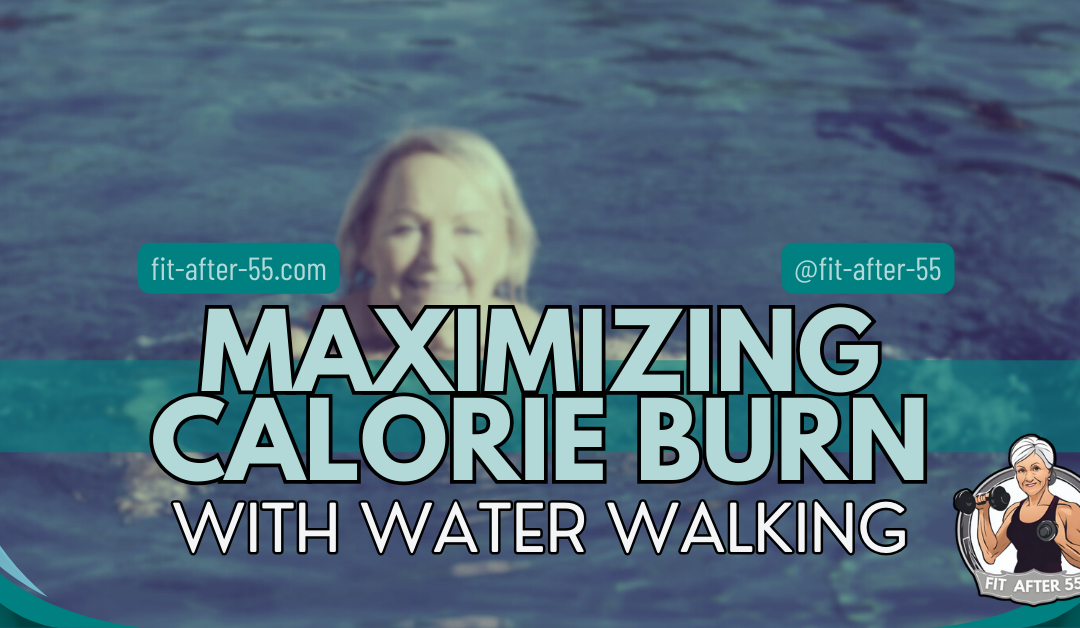Calorie burn with water walking – sounds too good to be true, right? Maybe you’ve considered ditching the treadmill for something more refreshing, but aren’t sure if water walking actually delivers results. Well, get ready to ditch your skepticism! This low-impact exercise might just be the key to torching calories and boosting your fitness, all while feeling more like a fun pool day than a workout. Dive into this article to discover how water walking can benefit beginners and seasoned athletes alike, and learn how to craft a water walking routine that keeps you cool, motivated, and reaching your fitness goals.
Calorie Burn with Water Walking: A Refreshing Path to Fitness for All Levels
Have you ever considered water walking as a path to burning calories? Well, it’s a fantastic way to shape up, and I’m going to explain just how it benefits individuals at various fitness levels.
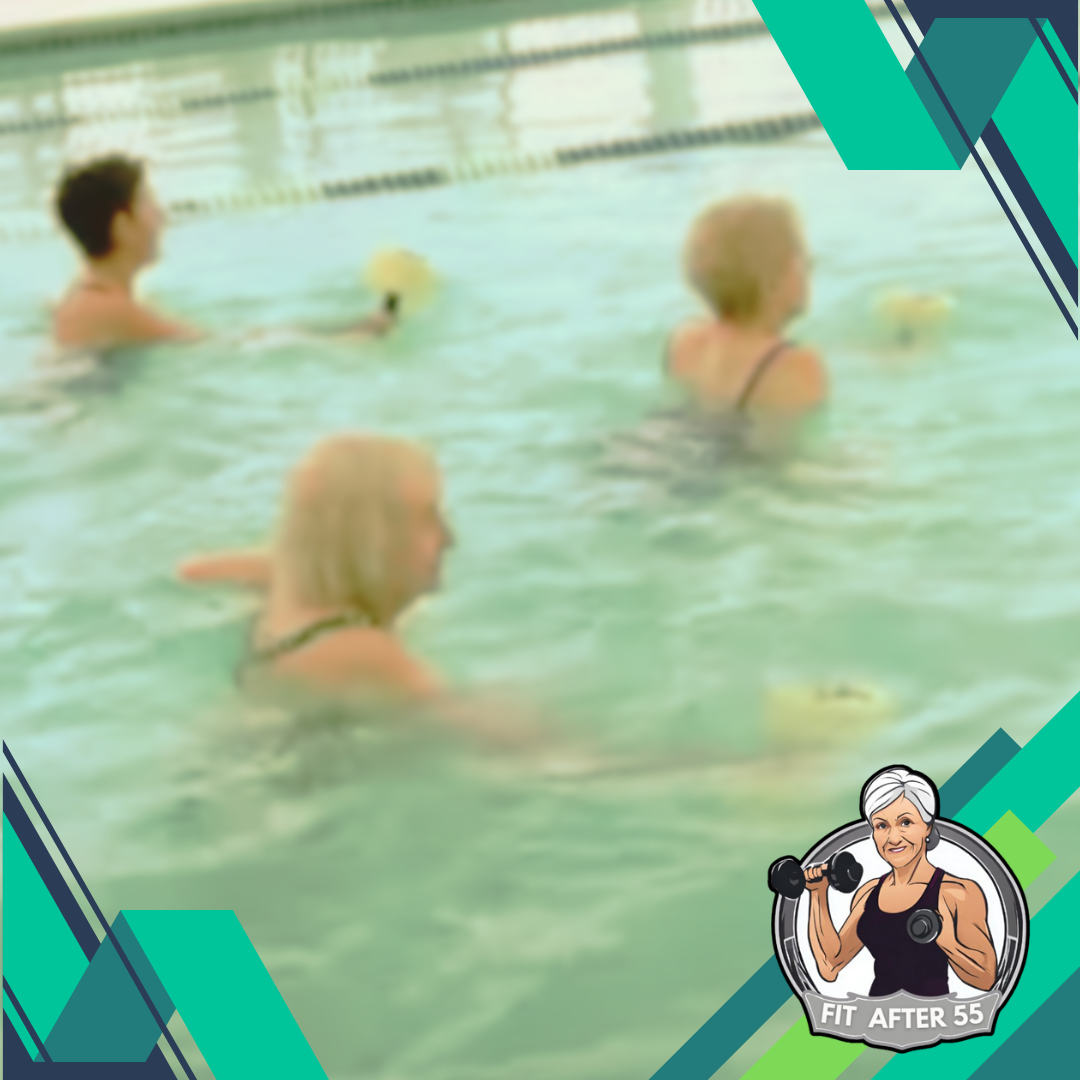
Water walking is exactly what it sounds like – walking in water. But don’t underestimate its power. The resistance provided by water can amplify your workout, making it an ideal exercise for calorie burning. This isn’t just about a leisurely stroll in the shallows; it’s also about tackling a serious workout in a low-impact environment.
You’re going to find out about how water’s natural resistance leads to increased energy expenditure compared to walking on dry land. Whether you’re starting fresh on your fitness journey, or you’re a seasoned athlete looking for a new challenge, water walking has something to offer.
I’m here to help you understand this unique form of exercise. Together, we’ll cover why slipping on a swimsuit and stepping into the pool can be your next step to a fitter, healthier you – all while maximizing your calorie burn in a refreshing and enjoyable way.
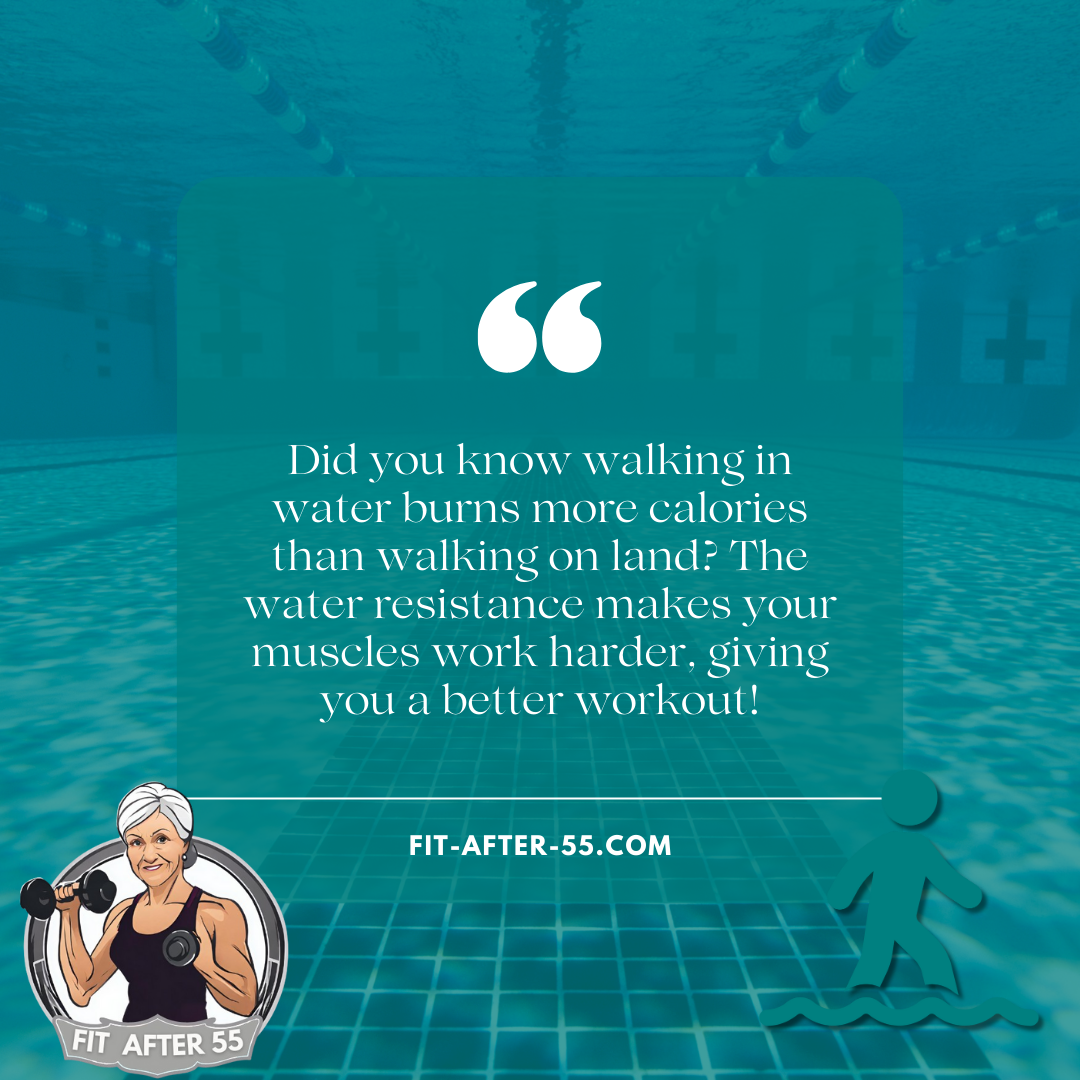
Key Takeaways
- Water Walking Burns More Calories Than Regular Walking: The water’s resistance makes your muscles work harder, leading to a higher calorie burn compared to walking on land at the same pace.
- Water Walking is Low-Impact and Suitable for All Fitness Levels: It’s easy on your joints and can be adjusted to your fitness level by changing your pace and movements.
- Water Walking is Easy to Get Started With: You don’t need any special equipment, just a swimsuit (water shoes and a flotation belt are optional).
Understanding the Mechanics of Water Walking
When you step into the water, you’re not just going for a refreshing dip; you’re entering a world where your body has to work harder against resistance. This is the essence of why water walking can help you burn more calories than walking on land. The resistance is due to water’s natural viscosity, which means your muscles have to exert more effort to move through it.
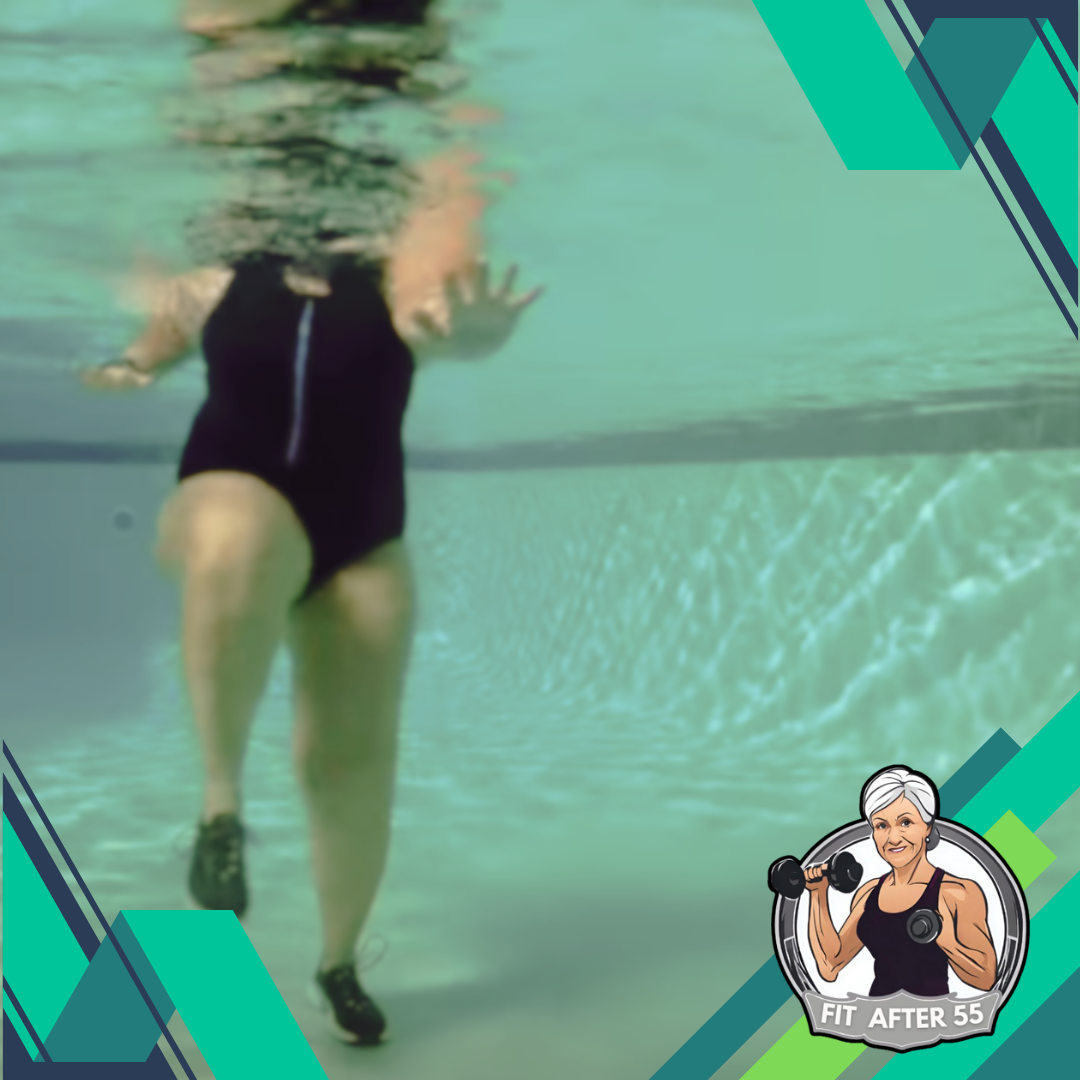
Every step you take in water is met with opposition, similar to having an invisible workout buddy pushing against you. This is a solid workout for your entire body, especially targeting your leg muscles, core, and even your arms if you’re using them correctly. By engaging these muscles, you’re not only increasing strength but also ramping up your metabolism to burn calories.
Don’t mistake water walking for swimming or water aerobics, though they all share the water resistance factor. Water walking is unique in its requirement for stability and balance, making it a powerful ally for those focusing on these aspects of fitness. Plus, it’s accessible to all, whether you’re a seasoned athlete or just looking to get moving.
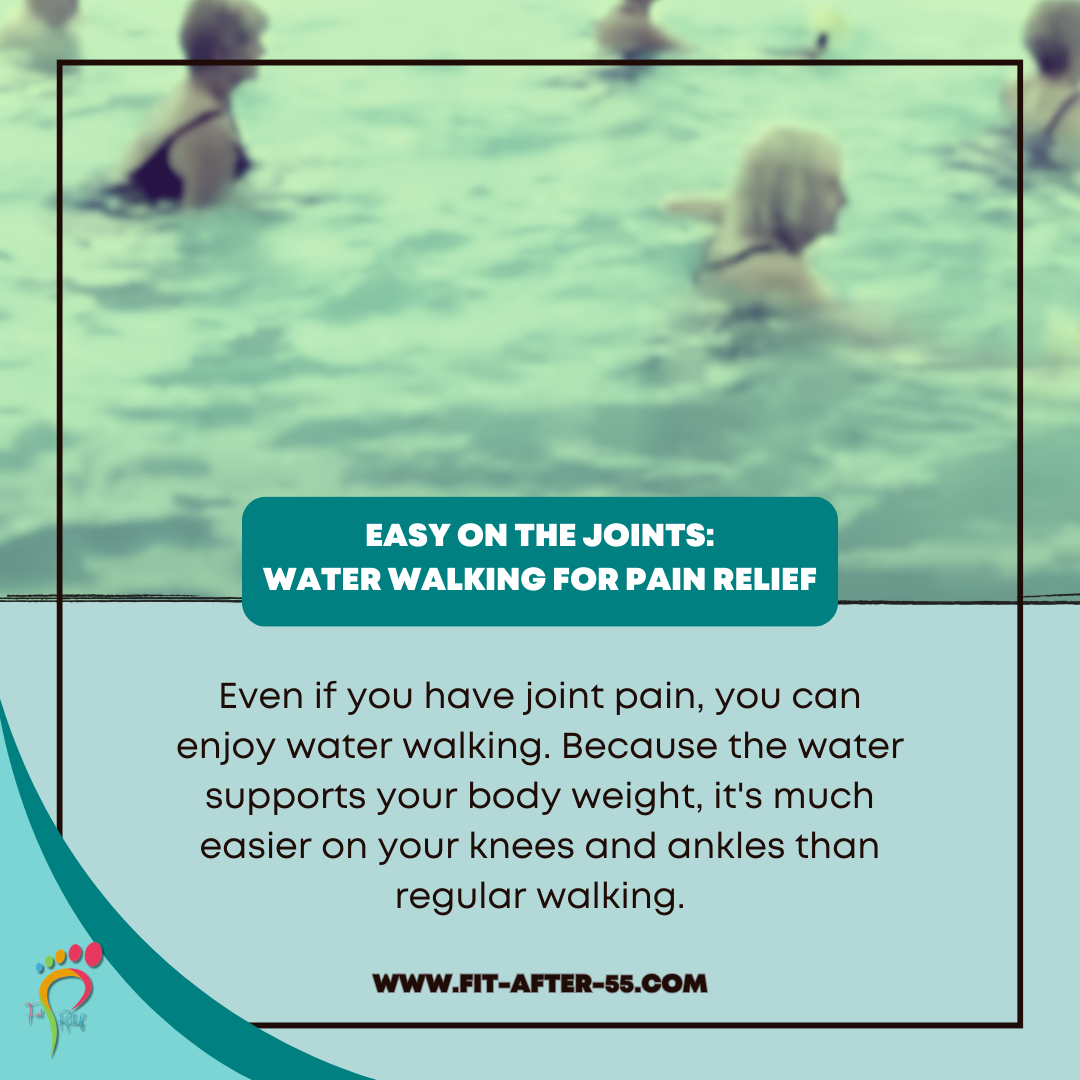
How to Begin Water Walking for Maximum Calorie Burn
If you’re ready to make a splash and start burning calories with water walking, I’ve got you covered.
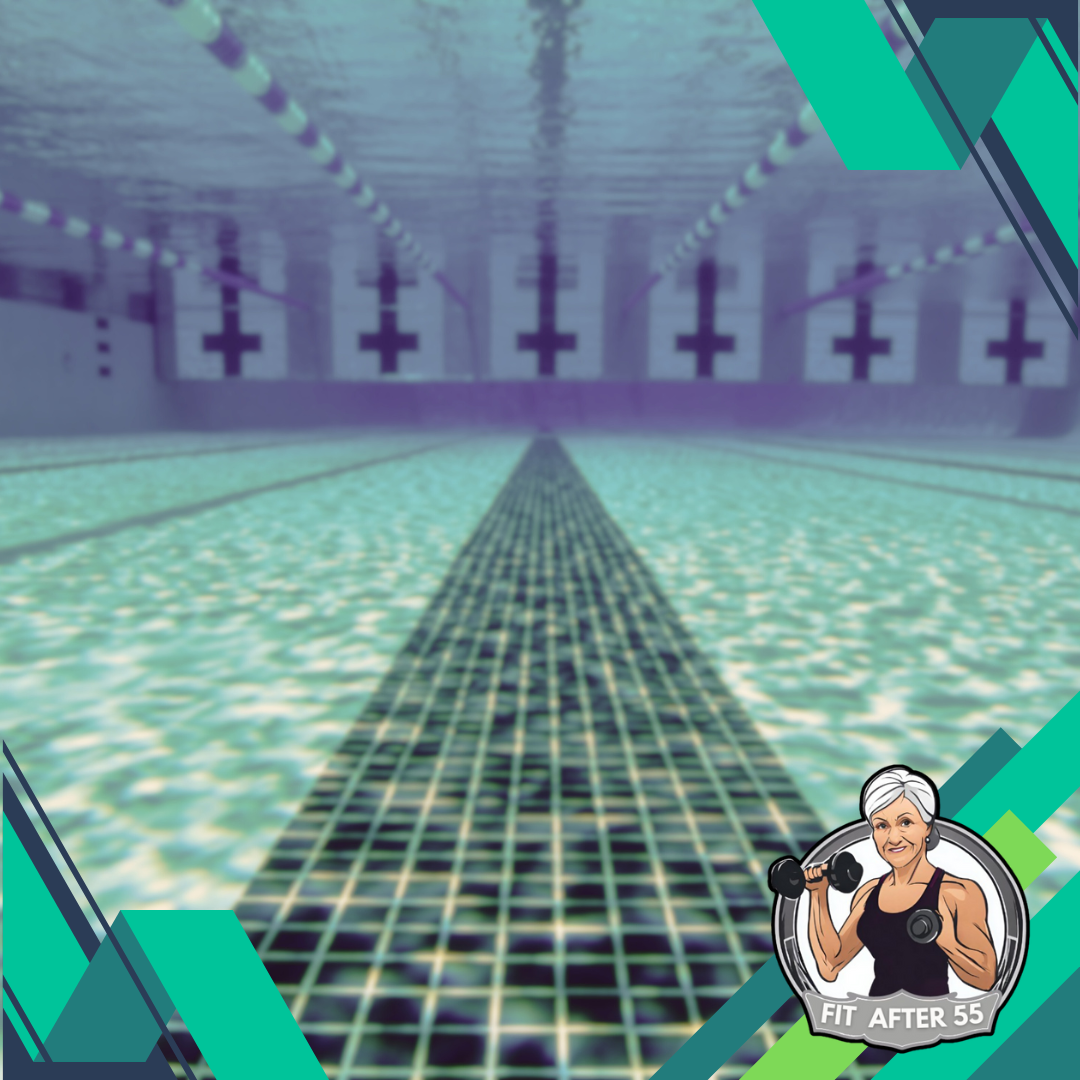
Finding Your Water Oasis
First, you’ll need to find a suitable aquatic environment. It could be a community pool, a calm lake, or even the shallow end of a beach where the water is clear and hazards are minimal.
Gear Up for Success
Next, let’s talk gear. You don’t need much, but it’s essential to get it right. Choose a swimsuit that allows for a full range of motion. Special water shoes can enhance grip on the pool floor, and if you’re in a natural body of water, they protect against sharp objects. A flotation belt might be useful if you’re in deep water or just starting out.
Mastering the Basics
Now, grasp the basics. Begin with your feet flat on the pool floor, and your water level ideally should be around waist to chest high. Start with a basic walk, maintaining good posture, and gradually increase your pace. Focus on making deliberate movements, pushing and pulling the water with each step.
Spice Up Your Routine
Remember, you can always adjust your approach down the road. Try experimenting with different strides and arm movements to keep things interesting and to work different muscle groups. Walking backward or sideways are excellent options to engage different muscles.
Advanced Water Walking Techniques
Once you’ve mastered the basics of water walking, you’re going to want to kick things up a notch. By using advanced techniques, you can boost your workout and maximize calorie burn even further.
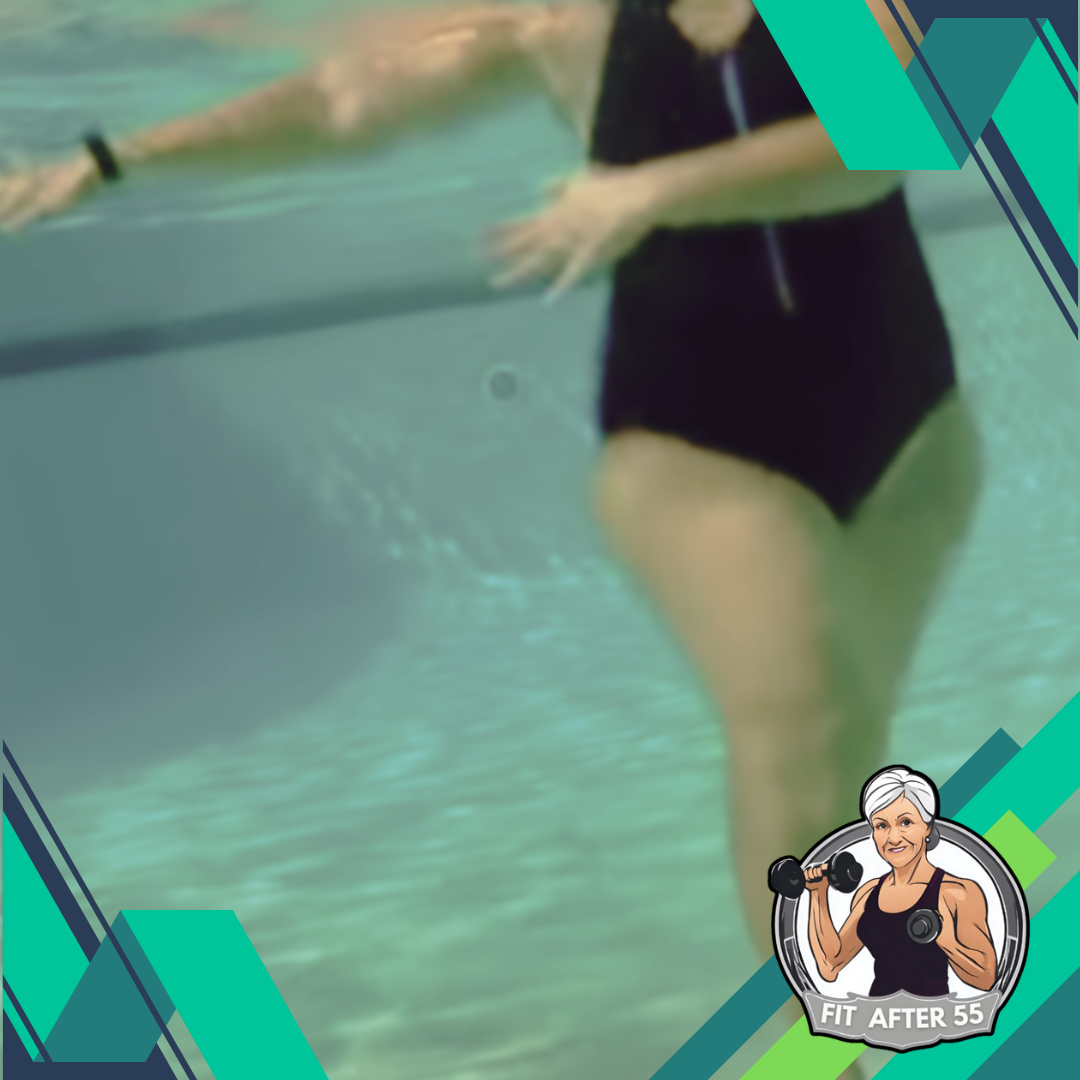
Water Walking Workout Boosters
| Technique | Benefit |
|---|---|
| Intervals (Fast & Moderate Pacing) | Increased calorie burn, improved cardiovascular health |
| Directional Changes (Zig-zags, Circles, Figures of Eight) | Engages core and lower body muscles differently |
| Resistance Tools (Hand Paddles, Noodles, Dumbbells) | Increased effort, calorie burn, improved balance & coordination |
Incorporating these advanced techniques isn’t just effective, it’s going to keep water walking exciting. Choose something that resonates with you; variety is key for maintaining motivation and progress.
Safety and Health Tips for Water Walking
When you’re moving through water, it’s easy to forget that it’s a robust form of exercise. But, just like any physical activity, it comes with its own set of cautions. Safety is key, especially in a pool, lake, or any aquatic setting.

Fuel Your Water Walks
First off, never underestimate the importance of hydration. It might seem counterintuitive given you’re surrounded by water, but your body needs its regular intake. Keep a water bottle within reach and take breaks to hydrate often.
Eat for Energy and Recovery
Nutrition can’t take a backseat either. A healthy and balanced diet fuels your water walking sessions. Focus on meals that include protein, healthy fats, and complex carbohydrates to give you energy and aid muscle recovery.
Listen to Your Body
Understanding your own body’s signals is crucial. Feeling a little soreness after a workout is typical, but sharp pain isn’t. And always remember, you can tweak your intensity or duration as needed. Pay attention to your body’s responses, and don’t push too hard if you’re not feeling up to it.
Level Up Your Workouts: Tracking Progress and Setting Goals
Now, what about tracking your success and pushing your boundaries responsibly? Well, that’s what we’re going to talk about next. Setting goals and monitoring your progress is the perfect segue into maximising your water walking workout and seeing real results.
Tracking Progress and Setting Goals
I’m going to show you the importance of keeping an eye on your achievements and how to strategically push yourself further with water walking. You’re going to find out about measuring your success, not just by the calories burned, but also by the improvements in your overall health and fitness levels.
Water Walking Progress Tracking Guide
| Aspect | Tip |
|---|---|
| Tracking Method | Choose a method that works for you – fitness tracker, journal, or even a simple calendar |
| Benefits Tracked | Endurance, Strength, Mood |
| Goal Setting | Start small and achievable – increase duration or try a new technique |
| Goal Adjustments | Don’t be afraid to adjust goals as you progress |
I really hope that you’ll use the practical insights shared today to effectively track your water walking journey and set meaningful fitness goals. With dedication and a bit of patience, you’re on your way to reaping the rewards of this efficient calorie-burning exercise. So what are you waiting for? Step into that water and let’s make waves towards a healthier you!
Music on the Move: Boosting Motivation with Waterproof Audio
Listening to music can add a fun and motivational element to any workout. Thanks to advancements in waterproof audio technology, you can now bring your favorite tunes to the pool with waterproof headphones or armbands specifically designed for swimming and water activities. Choose playlists that match the intensity of your water walking routine, or experiment with underwater audio for a truly unique experience.
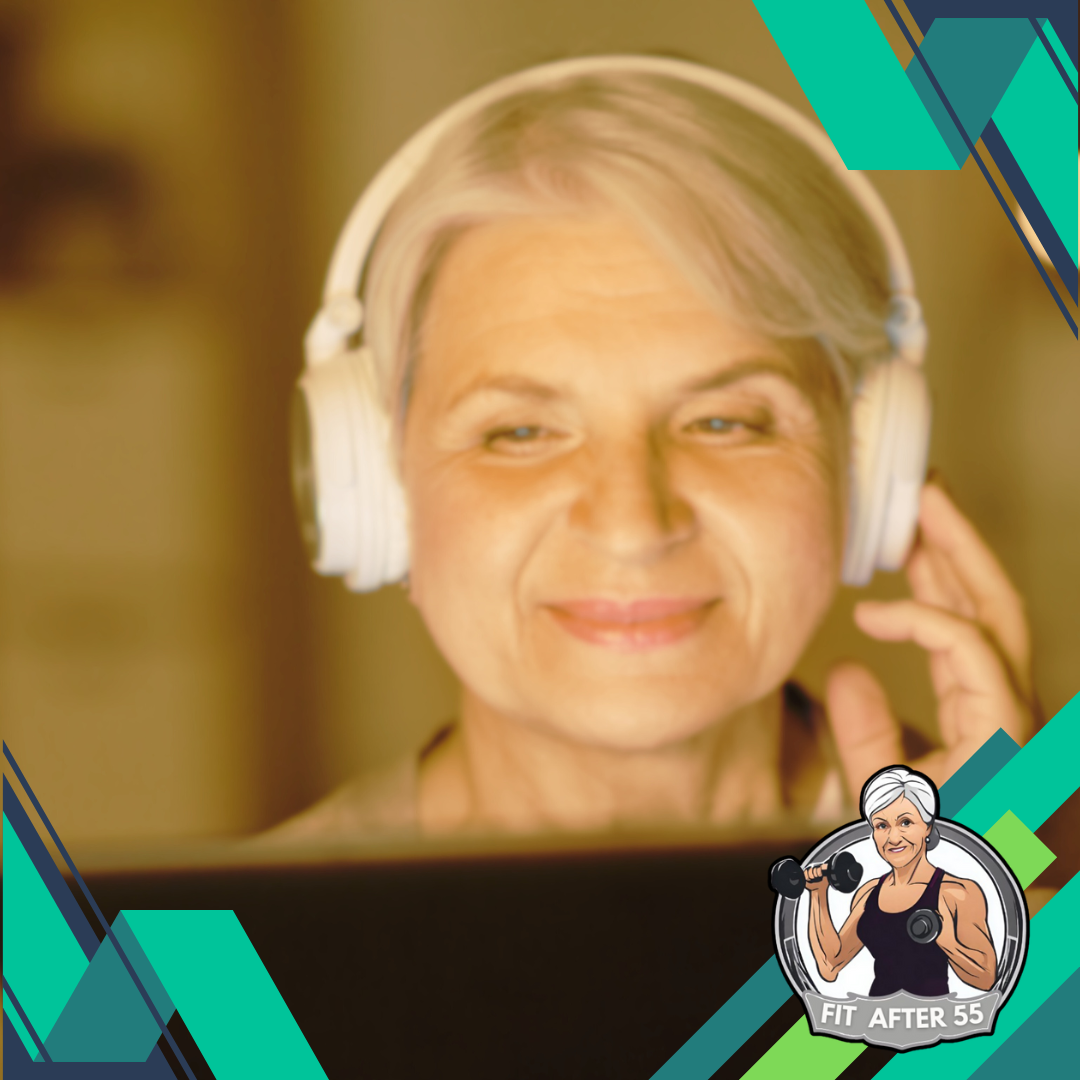
This section incorporates a trend in technology (waterproof audio) to enhance the water walking experience without directly mentioning calorie burning or techniques already covered in the article.
Calorie Burn with Water Walking: A Refreshing Path to Fitness for All
Water walking goes beyond a leisurely stroll in the shallows. It’s a calorie-burning powerhouse that tones muscles and improves balance, all while keeping you cool. We explored the science behind water’s resistance and how it translates to efficient calorie burn. Whether you’re a beginner or a fitness enthusiast, water walking offers a welcoming and adaptable workout.
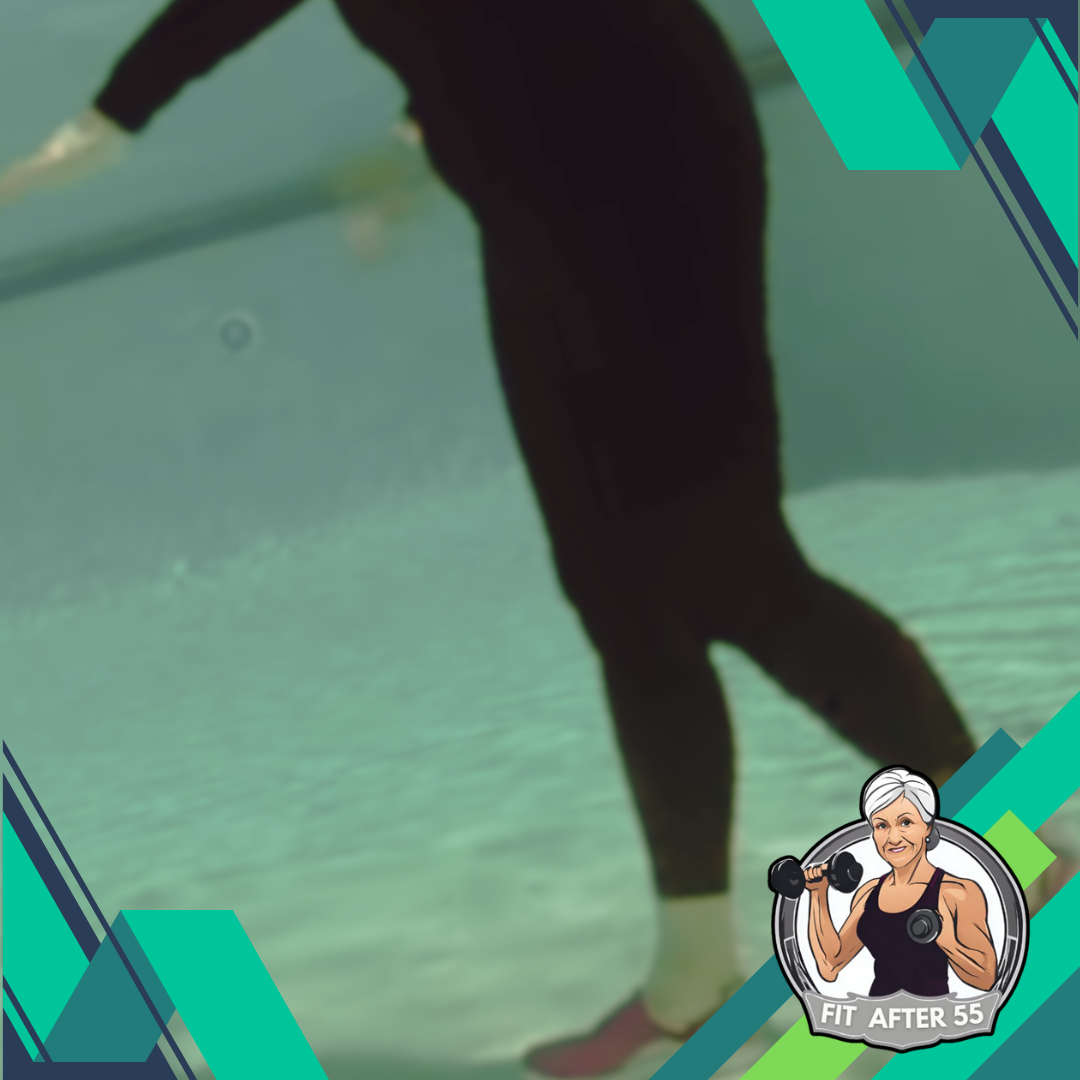
We provided tips to get you started and keep you safe, along with strategies to maximize calorie burn and keep things fun. Remember to listen to your body and set achievable goals.
Ready to ditch the treadmill? Water walking is a fantastic option for all ages and fitness levels. It’s easy on your joints, effective for burning calories, and a great way to boost your overall health. Take the plunge and discover a refreshing path to fitness!
Frequently Asked Questions
Is water walking good for beginners?
Absolutely! Water walking is low-impact and easy on your joints, making it a perfect starting point for any fitness journey. It’s also adaptable; you can control the intensity by adjusting your pace and movements.
Will I burn more calories water walking than walking on land?
Yes, the water’s resistance forces your muscles to work harder, leading to a higher calorie burn compared to walking on land at the same pace.
Do I need any special equipment for water walking?
A swimsuit that allows for movement is all you really need. Water shoes can provide extra grip on pool floors, and a flotation belt might be helpful for beginners or deep water.
Stay Fit & Strong After 55!
Looking for fitness tips, product reviews, and a supportive community for active adults? Look no further! Visit our website [fit-after-55.com] for engaging content and join our Facebook group [https://www.facebook.com/profile.php?id=61557390788711] to connect with like-minded individuals passionate about staying fit after 55!

